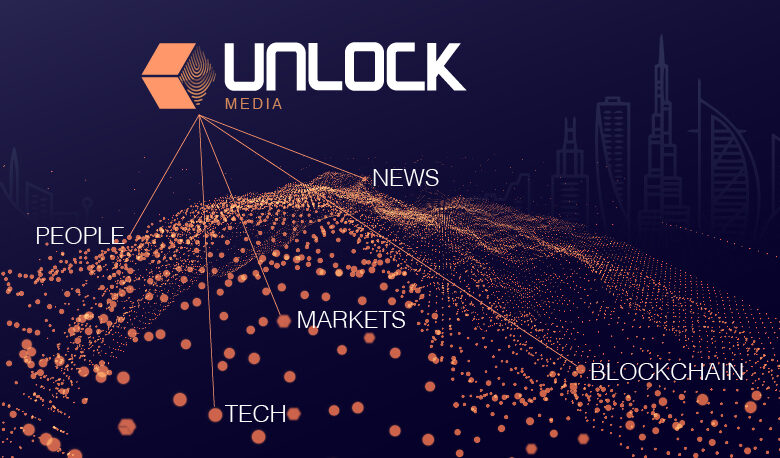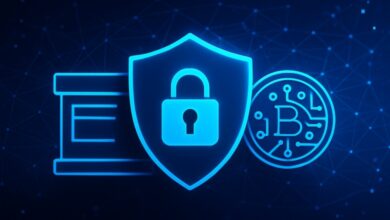Soluna deploys First Blockchain powered wind Farm in Morocco

Mr. Larbi Loudiyi, the Vice President of Energy at Soluna power, which is building the first Blockchain powered wind Farm in the Dakhla district of Morocco, recently provided an updated on about the project. He stated, that Soluna has deployed the world’s first vertically integrated wind project called the Harmattan located in Dakhla in Southern Morocco, the world’s windiest regions.
He explains, “Through vertical integration, we’ve developed an entirely new way to meet the energy demand for High-Performance Computing cleanly. The high use of fossil fuels associated with Blockchain computing is made obsolete with our innovation. Our wind-powered energy systems and computing technology will be self-contained, distributed, scalable, and flexible, resulting in utility-scale efficiencies. It’s a whole new approach to providing blockchain infrastructure.”
In addition Soluna has already received the Regional Approval for a 37,000-acre wind farm site in Dakhla (southern Morocco) — one of the world’s windiest regions. The Harmattan wind factor is only one reason why it is optimal for hosting this groundbreaking facility.
Moroccan authorities have shown clear support for our initiative. That’s because Morocco has an ambitious target of producing over 43% of its electricity from renewable energy sources by 2020 and 52% by 2030
Loudiyi proudly claims, “ What we have achieved in Dakhla has never been done anywhere on Earth, this concept of consumption-on-demand powering blockchain as well as the larger local grid , so it’s fair to expect a steeper learning curve all around. Taking this on would be a challenge anywhere in the world.”
CEO John Belizaire, CEO of Soluna explains, “There is a technique known as curtailment, wherein the delivery of renewable energy is suspended when it’s used in combination with “always on” fossil fuel sources, so as not to overload the grid. Our planned power plants have their own embedded solution to curtailment, where high-performance, mobile data centers can be placed near these plants, leading to the more efficient global delivery of energy. These data centers power activities such as blockchain computing, AI, machine learning, and graphics rendering applications.”
The project was launched in 2018.





